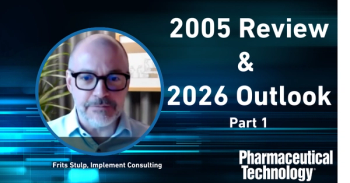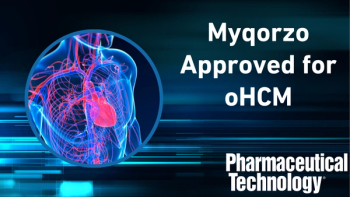
EMA to Implement Pharmacovigilance
The European Medicines Agency (EMA) has published an implementation plan for Europe's new pharmacovigilance legislation, which comes into force in July with the aim of improving the safety and risk–benefit monitoring of drugs. The new legislation will represent the biggest change in the legal framework of the industry since EMA was first established in 1995.
The European Medicines Agency (EMA) has published an
Four areas will be targeted in the legislation.
Collection of key medicines’ information: Activities in this area will include strengthening procedures for submitting risk-management plans to the EMA, as well as the need for marketing-authorization holders to provide periodic safety update reports (PSURs). Later this month, EMA plans to release a draft of the good pharmacovigilance practice module on PSURs for consultation. The agency will also be using a new approach to postauthorization safety and efficacy studies. A draft module on these safety studies will be released later this month
For patients, the legislation will give the right to report suspected side effects from a medicine directly to national regulatory authorities.
Better analysis and understanding of data and information: Throughout 2012, EMA will be investing in new information technology systems and signal-detection tools. In particular, the agency aims to strengthen its side-effects collection system, EudraVigilance, by adding increased functionality and improving data quality. The initial development of new IT systems, which will be needed to support certain provisions in the legislation, will start in 2012, but budget and resource restrictions will mean that full development will not begin until a later date.
EMA will be working with member states to establish a list of medicines that will require additional monitoring. According to the implementation plan, medicines on the list will be subject to changes in package leaflets that will increase transparency for patients about the extra monitoring and encourage the reporting of suspected side effects.
Regulatory action to safeguard public health: Starting in July 2012, a new pharmacovigilance risk assessment committee will begin meeting, stepping up to monthly meetings from September 2012. The committee will focus on the planning, assessment and monitoring of safety in issues of medicines, and its recommendations are likely to influence opinions adopted by EMA’s Committee for Medicinal Products for Human Use.
To rapidly assess emerging safety issues linked with EU medicines, EMA also intends to implement a new referral system that will be known as the Urgent Union Procedure.
Communication with stakeholders: Transparency is explicit in the legislation and will lead to the online publishing of information, such as agendas from committee meetings, assessments, approvals, recommendations, and opinions, on EMA’s website. EMA hopes to take a more active role in supporting the coordination of safety announcements.
Newsletter
Get the essential updates shaping the future of pharma manufacturing and compliance—subscribe today to Pharmaceutical Technology and never miss a breakthrough.




